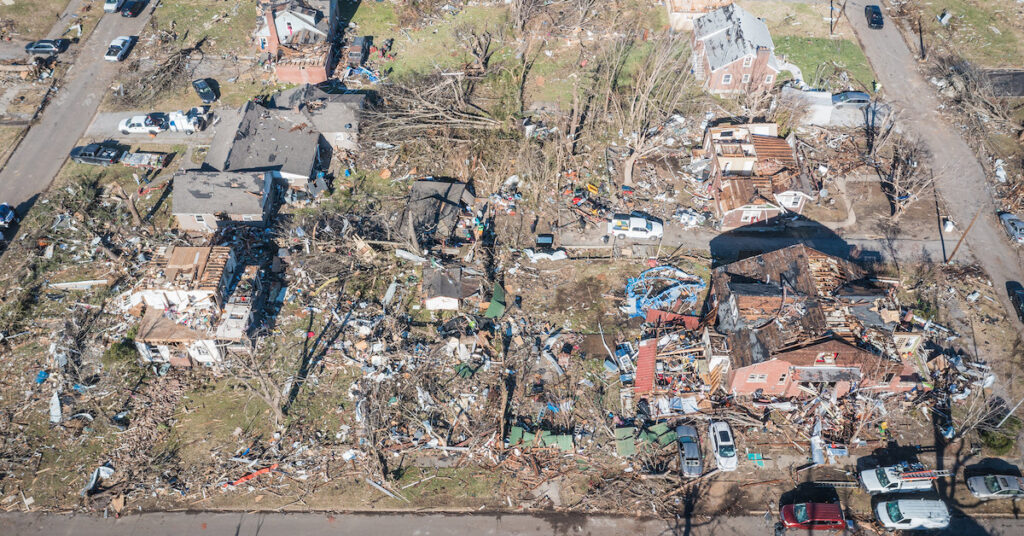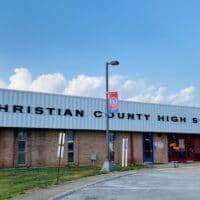Tessa Duvall of the Louisville Courier Journal has a profile of the sole reporter at the twice-weekly Mayfield Messenger and what it’s been like for her and her colleagues to keep the newspaper going in the aftermath of a Dec. 10 tornado in her hometown in far Western Kentucky.

The disaster was a baptism by fire for Taylor Shea West, 23. This was her first full-time journalism job, and she was just finishing her second week when the tornado hit the community of 10,000. She and general manager Areia Hathcock (the paper’s only other staffer) “face a herculean task: Serving as the eyes and ears of a community desperate for information and good news — even as they cope personally with the aftermath of the destruction,” Duvall reports. “They were there when journalists from around the country descended … to put newly houseless residents on camera and captured awe-inspiring photos of the rubble. The difference is, they still remain long after other media have gone, telling the stories of a community still trying to chart its course of recovery.”
The staff faced incredible difficulties in the aftermath, especially since the newspaper’s building had also been destroyed in the storm, and most of the town had no electricity, cellular, or internet service. But they knew it was important to put the paper out, both online and in print. “My main worry, and Areia’s main worry, was trying to get out what people needed,” West told Duvall. “Because no one had internet or power, so our paper was all that people had.”
“Their Paxton Media Group sister publications — The Paducah Sun and the local NBC affiliate, WPSD Local 6 — had to handle posting everything online,” Duvall reports. Meanwhile, “For the first four issues after the storm, the Messenger, which typically prints about 3,000 copies, added an extra 2,000 and made them available for free around town. The staff wanted those issues, full of information about donation centers and where to get a hot meal, to be accessible to anyone who needed them.”
In the first weeks after the tornado, West chose to focus coverage more on facts and resources for survivors and less on telling personal stories of loss. “I think me being local and native, I’ve been able to put my foot down on my work brain and be like, these are people, and a lot of the times, we forget that,” West told Duvall. “If someone starts crying and breaking down during an interview, I’m fine with stopping. … No story is worth me having to push you to relive through that.”
West made the right call, said Al Cross, director of the Institute for Rural Journalism and Community Issues at the University of Kentucky. Though outside news outlets often tell stories about the breadth of the devastation and the challenges that follow, the local paper “has to be more focused on service journalism, giving people the information that they need,” he told Duvall. “You know, when something like that hits, a lot of the old standard business rules don’t apply. Journalism is a public service business, and when something like this happens, the public service has to take priority. I think that it’s good business in the long run because people appreciate it.”
(Editor’s Note: Tessa Duvall previously reported on Hopkinsville and Christian County for the Kentucky New Era.)






